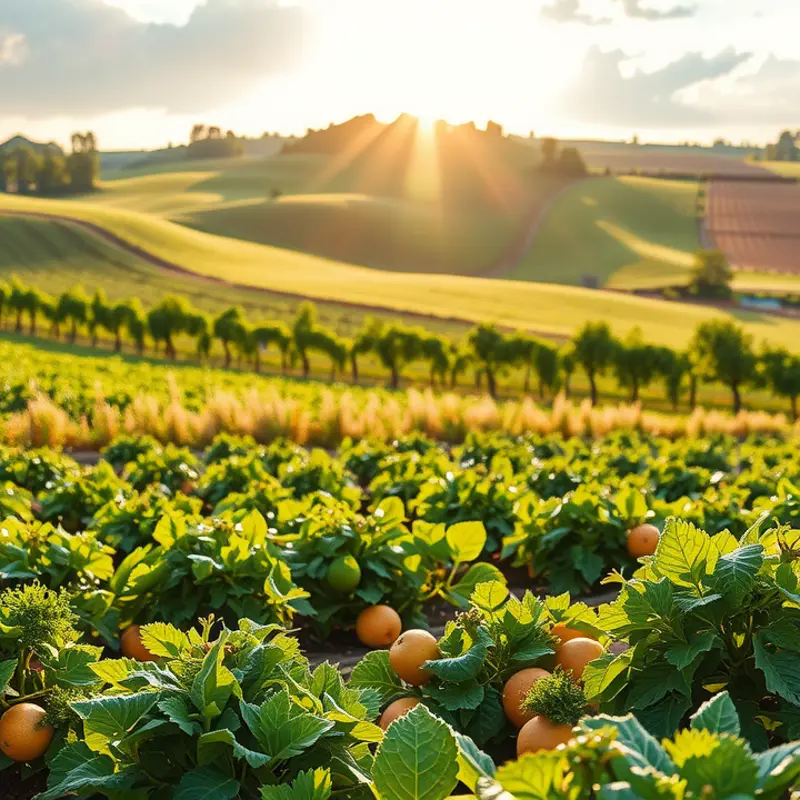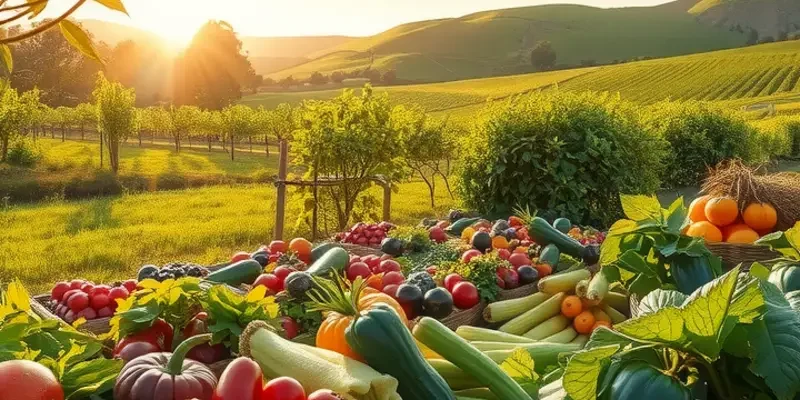From flaky croissants in France to delicate baklava in Turkey, pastries embody the heart of culinary traditions across the globe. Each region boasts its unique techniques, ingredients, and flavors that reflect cultural histories and celebrations. Join us on a delightful journey to uncover some of the most beloved pastry traditions that not only tantalize the taste buds but also tell tales of heritage and community.
The French Connection: Croissants and Beyond

The artistry behind French pastries is a testament to the nation’s culinary excellence. Renowned globally, French pastries like the croissant, tarts, and éclairs are more than mere sweets; they are cultural icons embedded in French society.
The croissant, with its iconic crescent shape, represents a triumphant balance of simplicity and complexity. Composed of flour, butter, water, sugar, salt, and yeast, the process begins with layering dough and butter. This is followed by a sequence of folds and turns known as lamination. The technique creates the flaky, buttery layers that define a perfect croissant. Mastery of this technique takes years, and even the most seasoned bakers continually hone their skills.
Beyond the croissant, other pastries employ similar meticulous methods. Éclairs, with their light choux pastry and rich fillings, require a careful balance of temperature and humidity to rise perfectly without collapsing. The golden shell is then piped with silky crème pâtissière and glazed, showcasing the delicate artistry etched into every piece.
Tarts, another staple in French patisserie, range from the classic tarte Tatin to the elegant fruit-covered tarte aux fraises. Each holds a seamless combination of texture and flavor. The pastry shell, or pâte brisée, provides a crisp and sturdy base. It is filled with everything from creamy frangipane to tangy lemon curd, demonstrating a harmonious blend of sweet and tart.
The cultural significance of these pastries is profound. They are the stars of both casual and ceremonial occasions. A morning visit to a café often involves pairing a croissant with a steaming cup of coffee. Special celebrations feature grand gâteau displays—evidence of the pastry’s deep-rooted presence in French life.
French pastry chefs, or pâtissiers, regard their craft as an art form, elevating the ordinary to extraordinary. The culinary ethos around these goods inspires other cultures to embrace and adapt them, showcasing the pastry’s universal appeal. Just as significant as their craftsmanship is their cultural custodianship, embodying French elegance and sophistication in each bite.
Amidst the bustling life of French towns, the patisserie serves as a sanctuary. Communities gather, relationships fostered over shared plates of mille-feuille and café éclairs. This communal aspect underscores the role of food in enhancing joy and connection, aligning with concepts found in mindful practices like those discussed in articles about finding joy in eating.
In the rich tapestry of global culinary practices, French pastries stand out, held high by their celebrated techniques and traditional significance. They invite enthusiasts not only to savor their flavors but to appreciate the stories and skills they encapsulate. This mastery makes each pastry a masterpiece in the vast gallery of French gastronomy.
Layers of History: Baklava and Beyond in the Middle East

Hidden within the intricate folds of baklava’s phyllo layers, the rich history of Middle Eastern pastries unfolds. Baklava, a hallmark of indulgence, consists of thin, fragile layers of phyllo dough filled with nuts. Traditionally, walnuts or pistachios are used, depending on the region. A glossy finish of honey syrup uniquely ties everything together, creating a harmonious blend of textures and flavors.
The journey of baklava through history highlights cultural exchanges across empires. The Ottoman Empire, in particular, played a pivotal role in its spread. However, while baklava is viewed by many as quintessentially Turkish, variations exist throughout the region. In Lebanon and Syria, for instance, the inclusion of rose or orange blossom water offers a floral twist that complements the sweetness. Meanwhile, Iranian baklava often features cardamom, adding a softly spiced dimension.
Beyond baklava, the Middle Eastern pastry world is a treasure trove of culinary arts. Consider ˚knafeh˚, a pastry made with shredded filo dough or semolina, soaked in syrup and layered with cheese or nuts. Another example is ˚ma’amoul˚, shortbread-like cookies filled with dates, nuts, or fig paste. Each pastry reflects its cultural heritage through specific spices, shapes, and presentation.
Middle Eastern pastries are not just about flavor. They hold immense cultural significance, often gracing tables during celebrations. Eid al-Fitr, marking the end of Ramadan, features an array of these sweets, bringing both joy and togetherness. At weddings and births, pastries symbolize good fortune and happiness. Community ties are woven as sweetly as the layers of a baklava, with shared recipes and traditions passed down through generations.
The methods of making these pastries are as delicate as handling haute couture. Crafting phyllo, especially, demands skill and patience, with sheets rolled almost to transparency. In a world oriented towards speed, these creations invite an appreciation for slow, mindful preparation. If interested in enhancing your kitchen sustainability, you might explore eco-smart kitchen storage solutions for efficient ingredient preservation during your pastry adventures.
These pastries serve as bridges between people and their heritage. They are edible legacies, stories told through spices, nuts, and aromatic syrups. As we peel back layers of phyllo, we peer into the common threads that weave Middle Eastern communities together, and yet allow each region to maintain its distinct identity.
Final words
Global pastry traditions offer a delectable glimpse into the culinary heart of cultures worldwide. French patisseries with their delicate, buttery creations and the layered wonders of Middle Eastern desserts are just the tip of the iceberg. Each pastry carries with it a slice of history, tradition, and artistry, inviting us to explore the flavors and stories that connect us. Whether celebrating with family or indulging in sweet treat rituals, these global delights remind us of the joy that food brings—a universal language of love, culture, and history.








